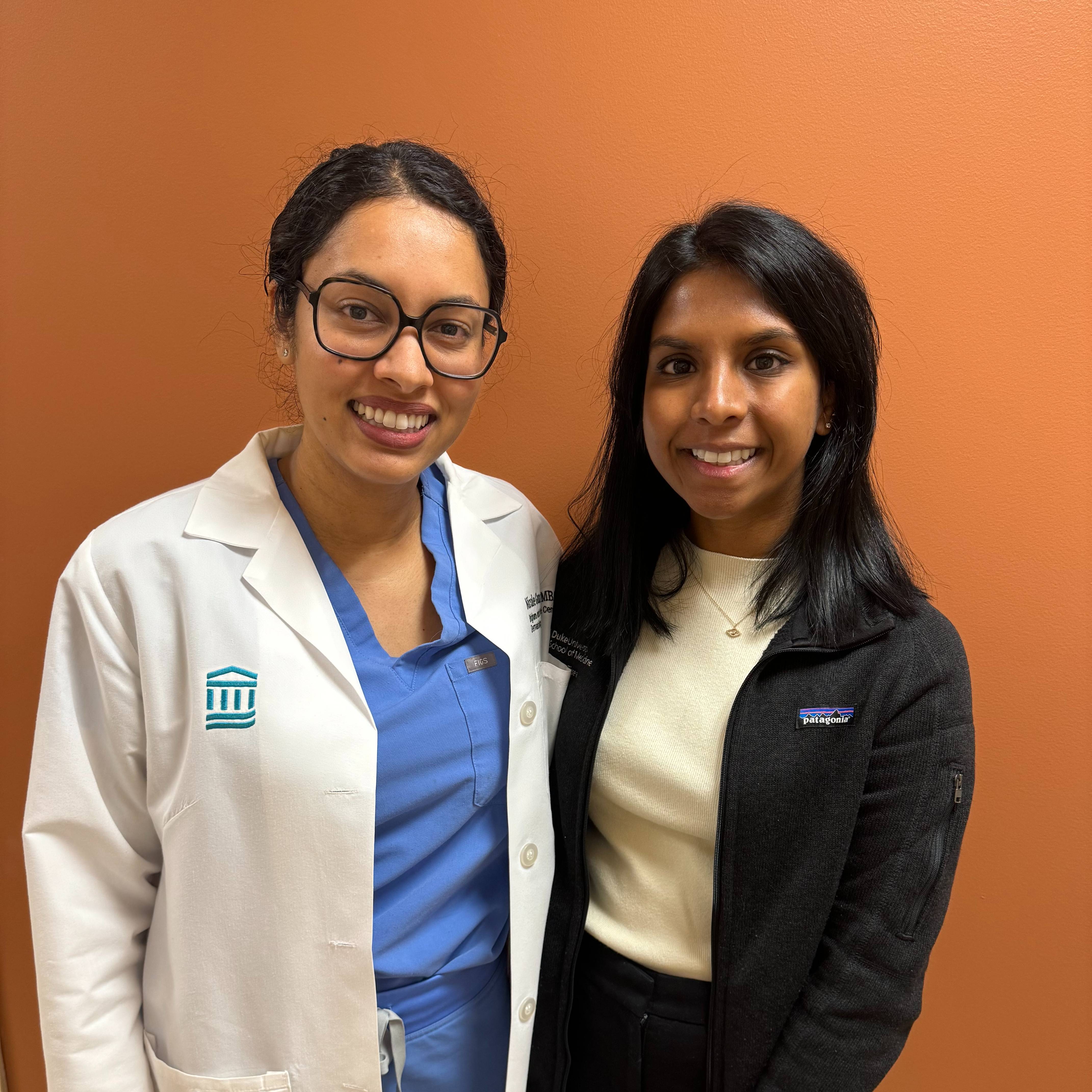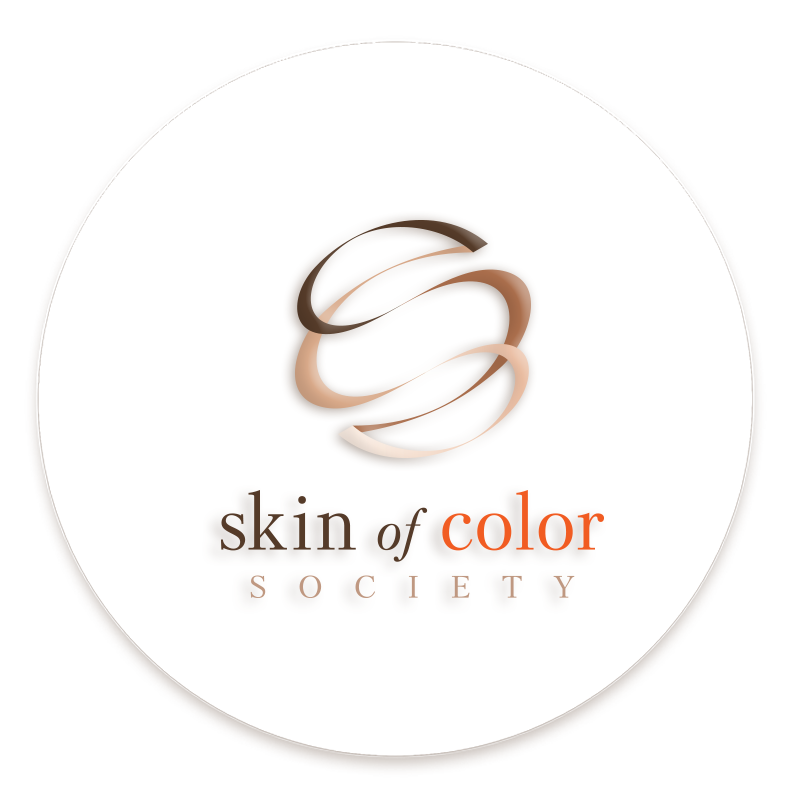
Mentee: Kristin Tissera
Mentor: Nicole Gunasekera, MD, MBA, FAAD
Brigham and Women’s Hospital
I feel incredibly fortunate to have had such an enriching and exciting experience during my 4- week observership with Dr. Nicole Gunasekera at Brigham and Women’s Hospital in Boston, MA. My week consisted of vitiligo clinic, skin of color clinic, general dermatology clinic, and cosmetics clinic. Each of these provided exposure to a different patient population and a unique aspect of clinical practice. Dr. Gunasekera was a wonderful teacher and mentor, who provided me with ample learning opportunities. Throughout our time together, she would take every chance to teach me how best to recognize common dermatologic conditions and how to work through differential diagnoses. Whether this was through practicing dermoscopy on patients experiencing hair loss, or in allowing me to use a Wood’s lamp on a patient presenting with potential vitiligo, my skills in exams and assessments improved greatly under Dr. Gunasekera’s guidance.
Not only was Dr. Gunasekera an exceptional teacher, but observing her practice exposed me to the nuances of dermatology focused on skin of color and providing care specific to skin of color patients. An experience that stuck out to me was a Black patient who came to Dr. Gunasekera after seeing another dermatologist. He had been seen with a concern for an itchy, flaky scalp, and the other dermatologist dandruff dismissed him with the advice to wash his hair more often and the conclusion that there was not much that could be done for him from a medical perspective. Dr. Gunasekera reassured the patient that this was not true, and that there were several ways that they could work together to relieve him of the distressing symptoms that he had been suffering with. It was clear that this patient was skeptical of seeing another dermatologist but was experiencing such discomfort that he wanted a second opinion.
Dr. Gunasekera’s empathy and awareness of the options available for individuals with textured hair melted his skepticism away almost instantly. She went through the options for treatment, with special attention towards what formulation – oil, cream, etc. - of topical medication would work best for the styling and comfort of the patient. Her detailed awareness of how something as seemingly simple as the form of treatment might impact quality of life is something I hope to emulate in my future practice. Through our debrief of this encounter, I learned that this was not an uncommon experience for Black patients, and that bias and lack of awareness can lead dermatologists to provide inadequate care to patients with textured hair.
My desire to work with Dr. Gunasekera stemmed from our mutual interest in vitiligo. Having spent time in her vitiligo clinic, I feel confident in my knowledge of the treatment options available and the common questions and concerns of patients with vitiligo. My passion for helping those with vitiligo has only grown since starting my observership, and I credit that to Dr. Gunasekera. To my surprise, however, what began as an experience with the goal of learning more about vitiligo became an illuminating month that taught me more than I could have imagined about treating skin of color patients. Dr. Gunasekera’s and kindness and genuine regard for her patients was moving, but beyond that, her ability to tailor care to each patient’s specific concerns in the context of their skin was truly inspiring. I plan to continue to learn about how best to care for patients with diverse skin tones and hair textures, and I hope to one day do so as authentically and considerately as Dr. Gunasekera has demonstrated over the past month.


